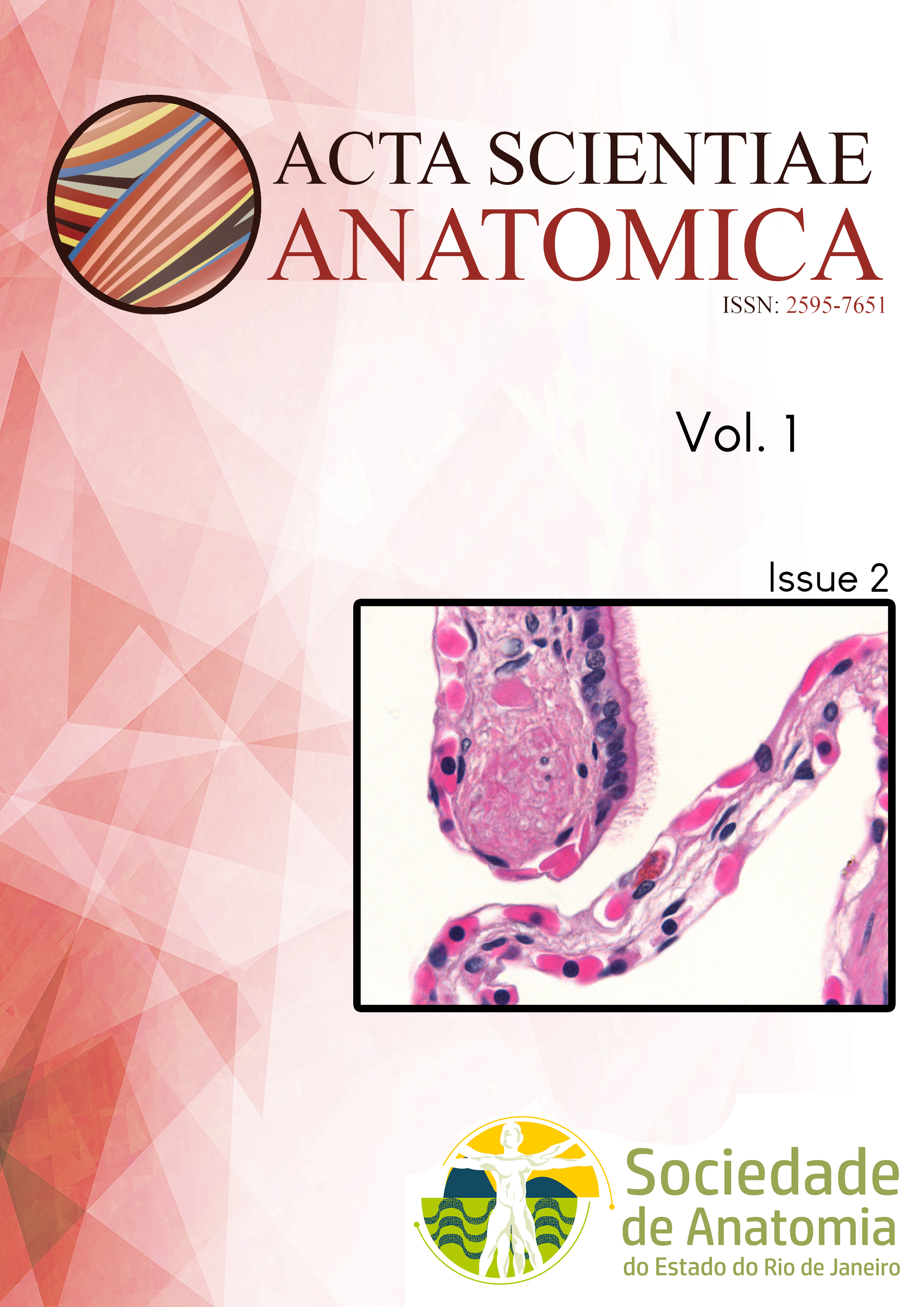Chemically prepared dog cadavers in teaching of surgical technique - evaluation by students of a veterinary medicine course
DOI:
https://doi.org/10.65053/asa20190211Keywords:
anatomy, conservation, education, student perception, surgeryAbstract
It is essential and imperative to humanely use live animals in research and teaching activities and consequently, to search for alternative methods that do not prejudice academic or scientific efforts. The objective of this work was to evaluate the opinions of veterinary undergraduate students as to the acceptability of using chemically prepared dog cadavers to teach surgical methods. To evaluate the opinions, the students were asked to complete an evaluation form at the end of the surgery classes for one semester. The resistance of the skin, muscles, stomach, intestine, and urinary bladder to incision/suture and the malleability of intestines, spleen, and liver were evaluated. The students assigned a score of 1 (very bad) to 10 (excellent) to each of these characteristics for an average score of 7.32 ± 1.63, and 75.67% of the students were found to be in favor of the use of cadavers. In addition, over 80% of the students favored initial surgical training with chemically preserved cadavers, followed by classes including live animals from the Veterinary Hospital who came for elective surgery, such as an orchiectomy or ovariohysterectomy.
Downloads
Published
Issue
Section
License
Copyright (c) 2025 Acta Scientiae Anatomica

This work is licensed under a Creative Commons Attribution-NonCommercial-ShareAlike 4.0 International License.
This journal publishes open-access articles under the Creative Commons Attribution 4.0 International (CC BY 4.0) license. This permits use, sharing, adaptation, distribution, and reproduction in any medium or format, as long as appropriate credit is given to the authors and the source, a link to the license is provided, and any changes are indicated. License: https://creativecommons.org/licenses/by/4.0/








